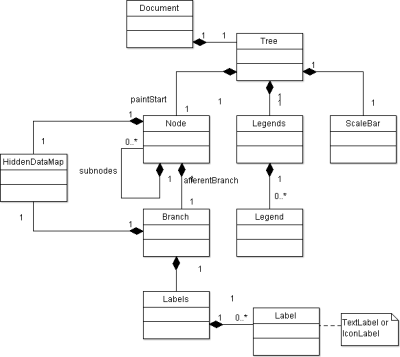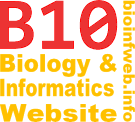Development
|
Documentation and Javadoc
The documentation section contains an overview on the structure of the application including some UML diagrams, as well as a detailed Javadoc describing all classes of TreeGraph 2. The Javadocs can also be downloaded here.
Libraries and tools
The development of TreeGraph 2 would not have been possible without the help of many other open source projects. The
Libraries and tools page lists the libraries which are part of TreeGraph 2, as well
as different software that has been used for the development and the operation of this website.
|
Download or view source files
Since TreeGraph 2 is open source all source files can be viewed or downloaded from the web client of our subversion repository. It is also possible to download single or a subset of files from there. Alternatively you can download the whole sources in the development download section.
Using TreeGraph 2 with your own software
You can use and modify the TreeGraph 2 source codes under the terms of the GNU General Public License. If you produce a published work, which uses the sources or binaries of TreeGraph 2 please cite the following paper: Stöver BC, Müller KF: TreeGraph 2: Combining and visualizing evidence from different phylogenetic analyses. BMC Bioinformatics 2010, 11:7 XTG format
The extensible TreeGraph format (XTG) of the XML format used by TreeGraph 2 to store its trees including all annotations and formats. You can find a full documentation of all versions of the format in this section, which can be useful if you want to generate or process XTG files with your own script or software. (Note that TreeGraph 2 is also able to import Newick or Nexus files, phyloXML or tables. See the help system for details.) |






